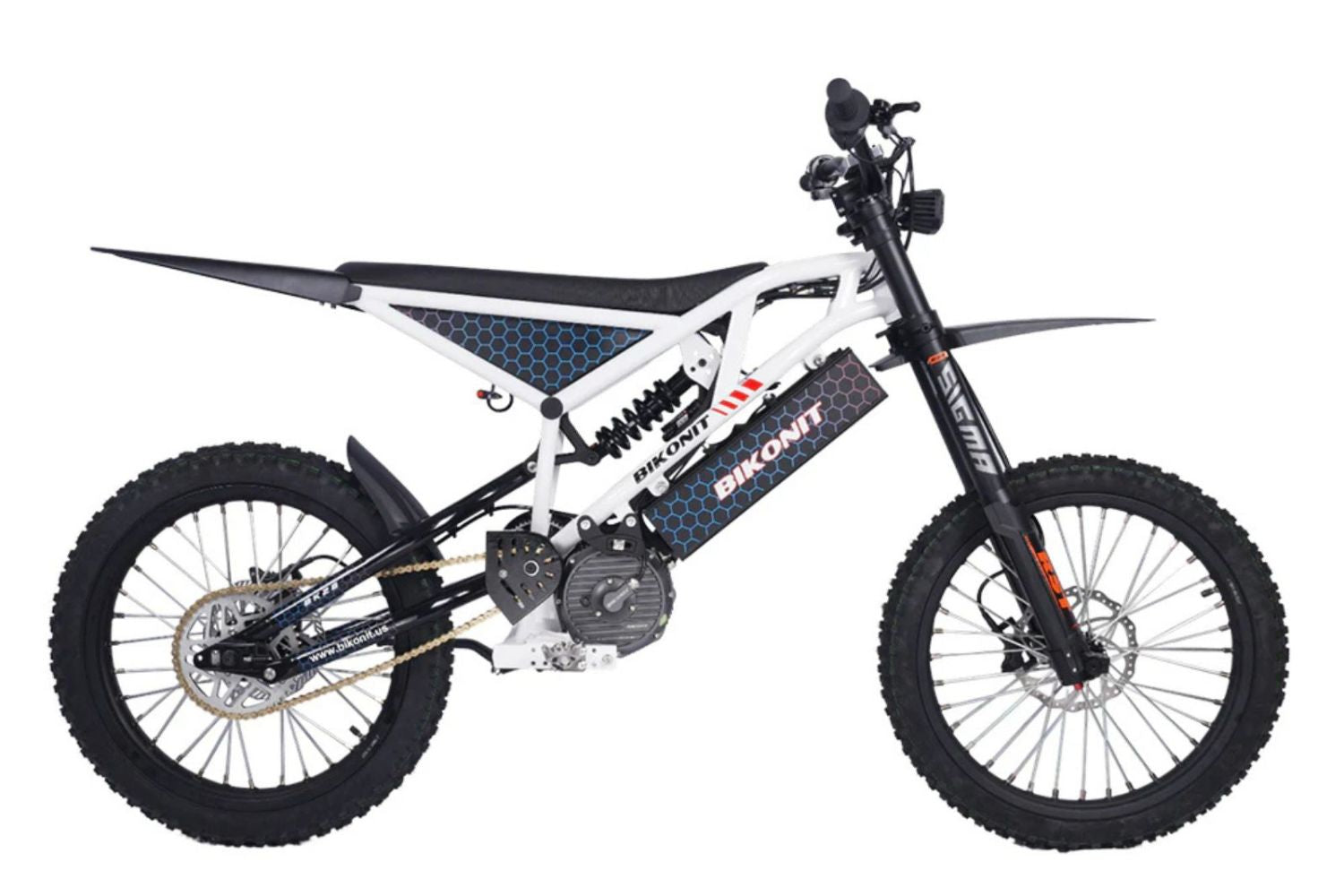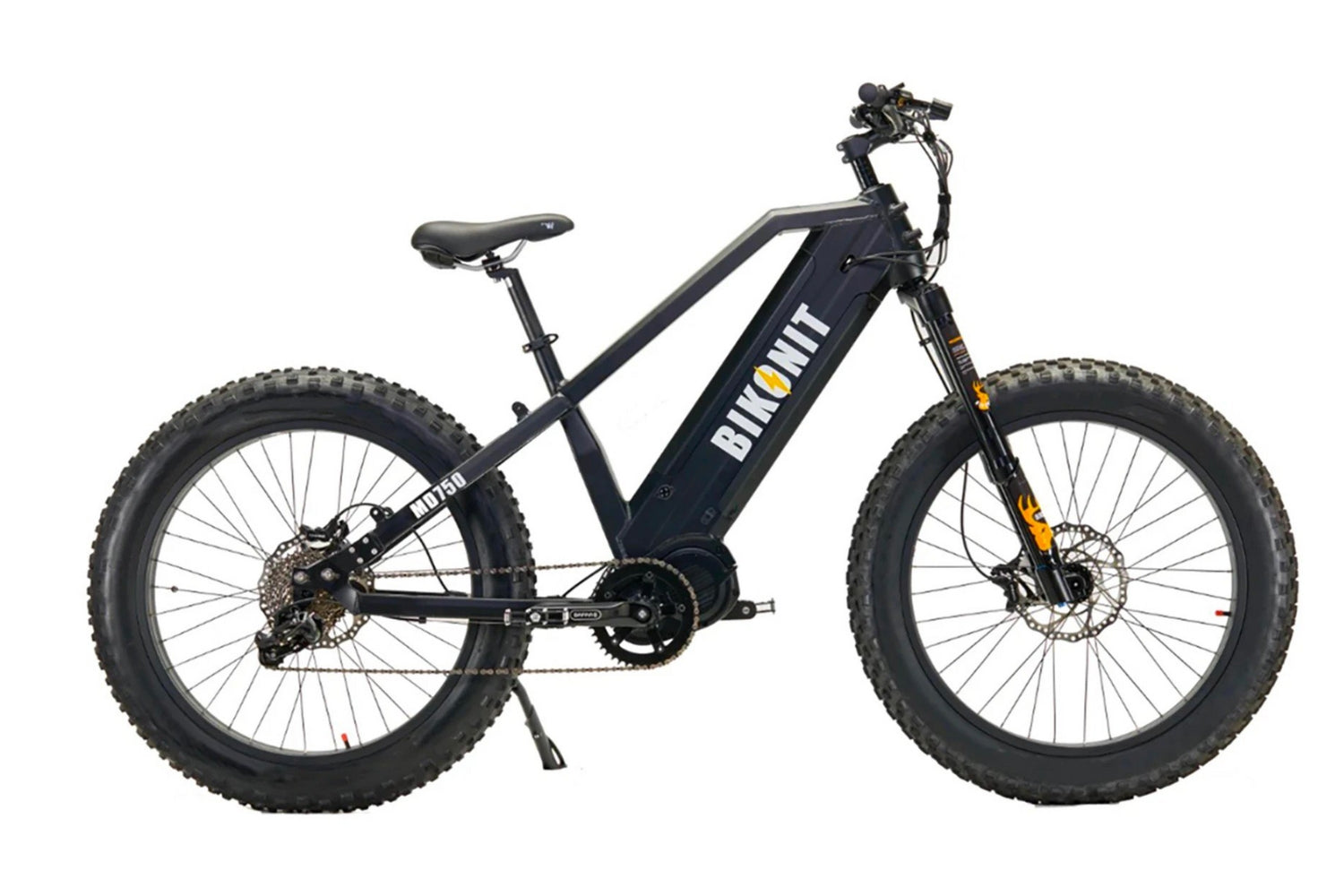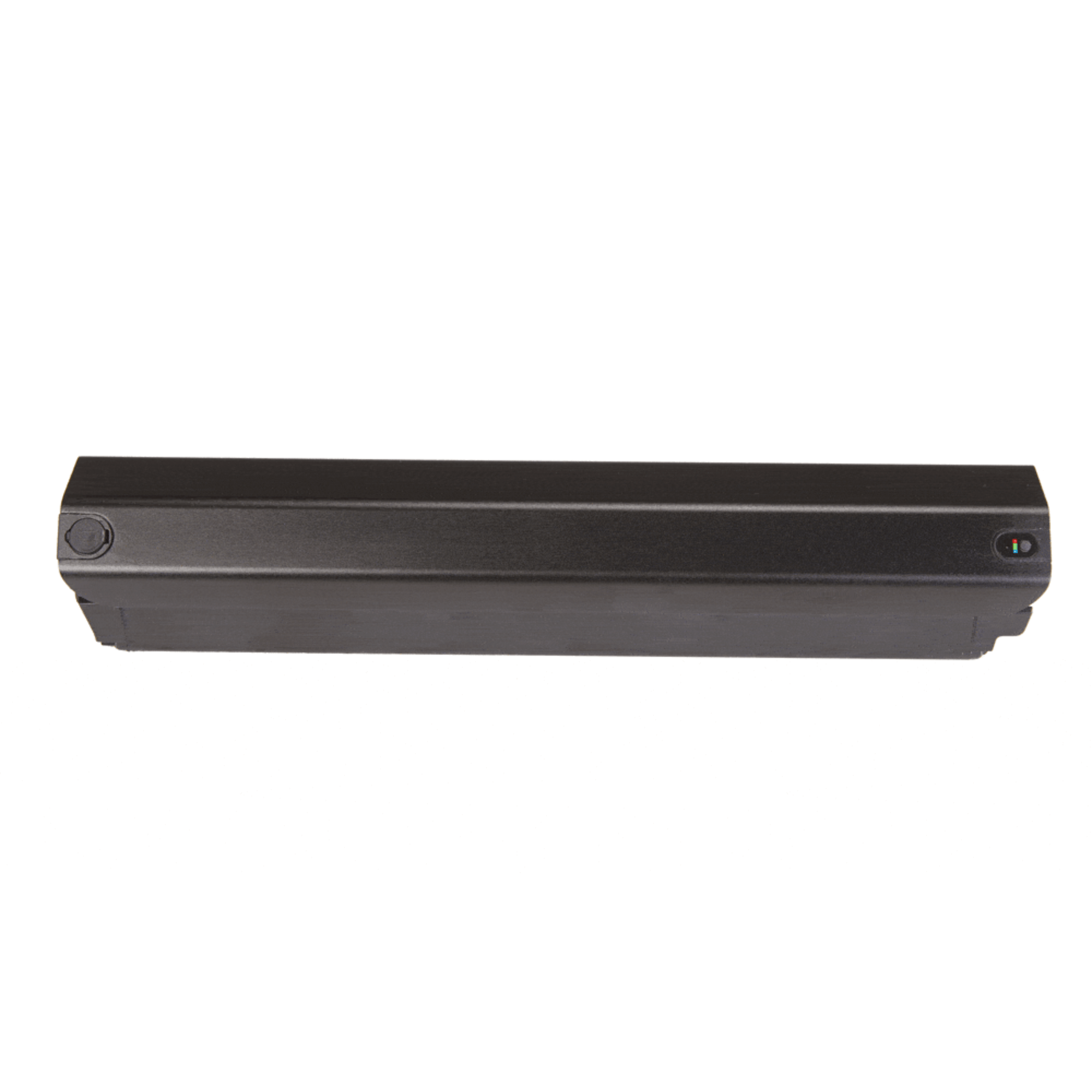When it comes to hunting, quiet mobility in the area is the most important. Getting near your prey must be carried out without creating much noise, or they could alarmingly move away and be more conscious of the surroundings. Hunting with an electric bike provides special advantages for hunters. These bikes are fast, quiet and allow you to cover more ground. These bikes have low-profiled design which makes them harder for animals to see in the wild. And with a powerful motor, it can strategically reduce your physical effort—diminishing your body scent from excessive sweating, which animals can easily detect. Here’s a quick guide when looking for an electric bike for hunting.
- Tire
Fat tire e-bikes are popular not only because they look great, but also they serve a real purpose for hunting. E-bikes with fat tires don’t cut into sand, snow or mud. It also smooth out the minor bumps on rough trails. A fat tire e-bike brings more comfort into your off road adventures.
- Suspension
Fire-Link suspension offers you additional control over your bike. You can stop quickly at any moment, even when you’re riding in unstable conditions such as mud or rain. There is no better way to get across rough terrain than on a higher suspension e-Bike.
- Range
The range of your bike’s battery is an essential consideration before setting out on a big hunt. The distance varies with the weight of the rider and equipment, the roughness of the terrain, the speed and how much the rider pedal. Battery sizes are different between models, but on average, electric hunting mountain bikes should be able to cover about 60 miles on a single battery charge without pedaling. E-Bikes store a decent amount of power, but if you’re planning a more extended trip or overnight stay, you may want to use a solar power charger to recharge or extend your bike’s battery.
Our Bikonit Warthog series all allow dual battery. With an extra battery, you can travel longer distance. But for sure, the bike will be heavier, bulkier and more expensive.
- Motor
There are two main types of motor that an electric hunting bike can carry. Each of them will be delivering varying performance on different terrains. The rear hub motor (placed in the back wheel) produces massive raw power and is a practical choice as it requires less maintenance and is usually more affordable. However, its low torque makes it weak when climbing up a trail.
The mid drive motor (located between the bike’s pedals) has a stronger torque compared to the rear hub motor. Thus, it can power up steeper hills than a hub motor of similar power without overheating. An increased torque allows for better hill-climbing and heavier load-pulling capabilities. On the downside, bikes with this type of motor could be costlier and require more maintenance.
In conclusion, when you are looking for an electric hunting bike, battery range, motor, suspension and tires must be taken into consideration.




